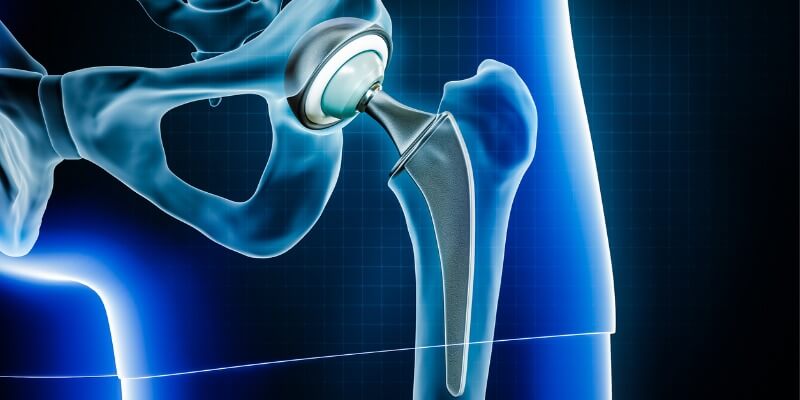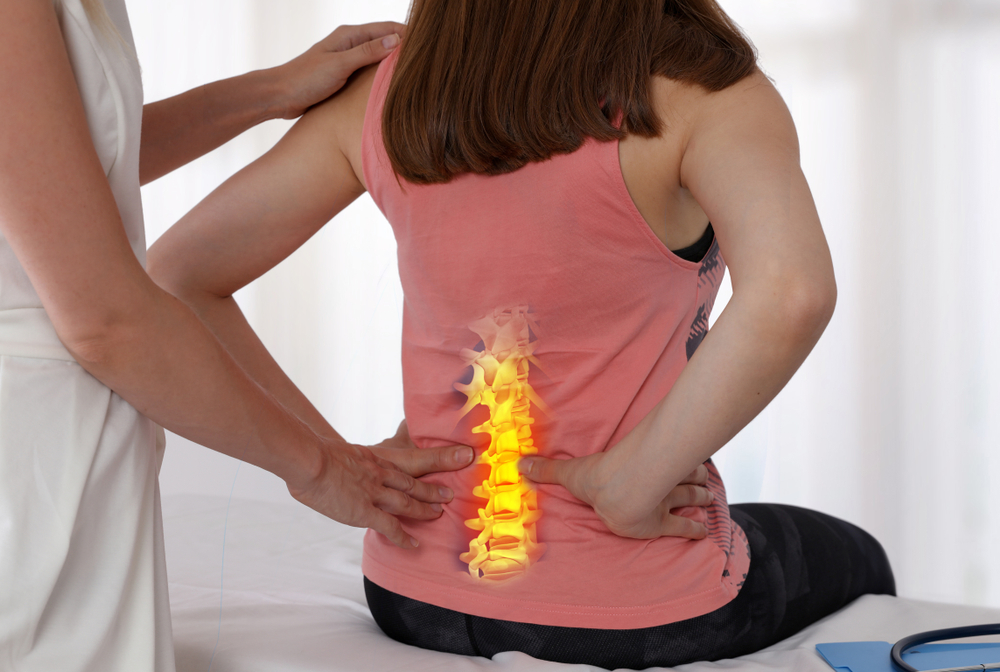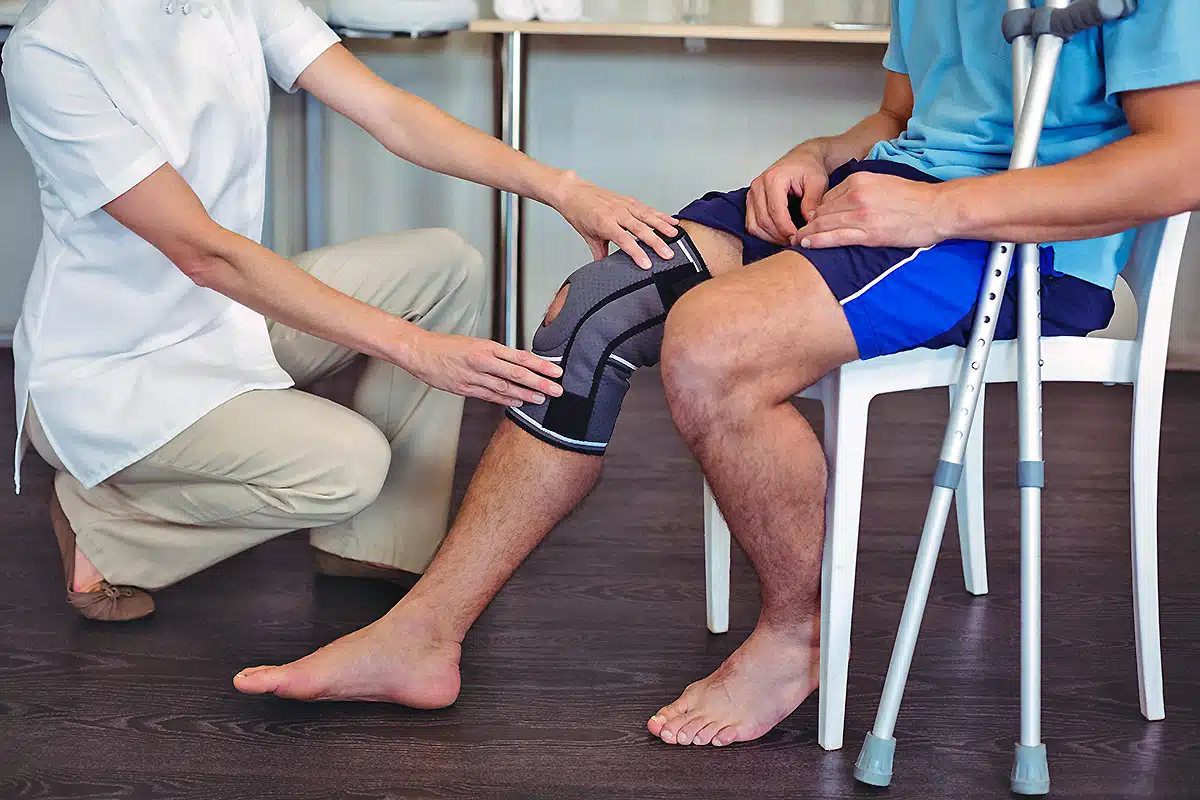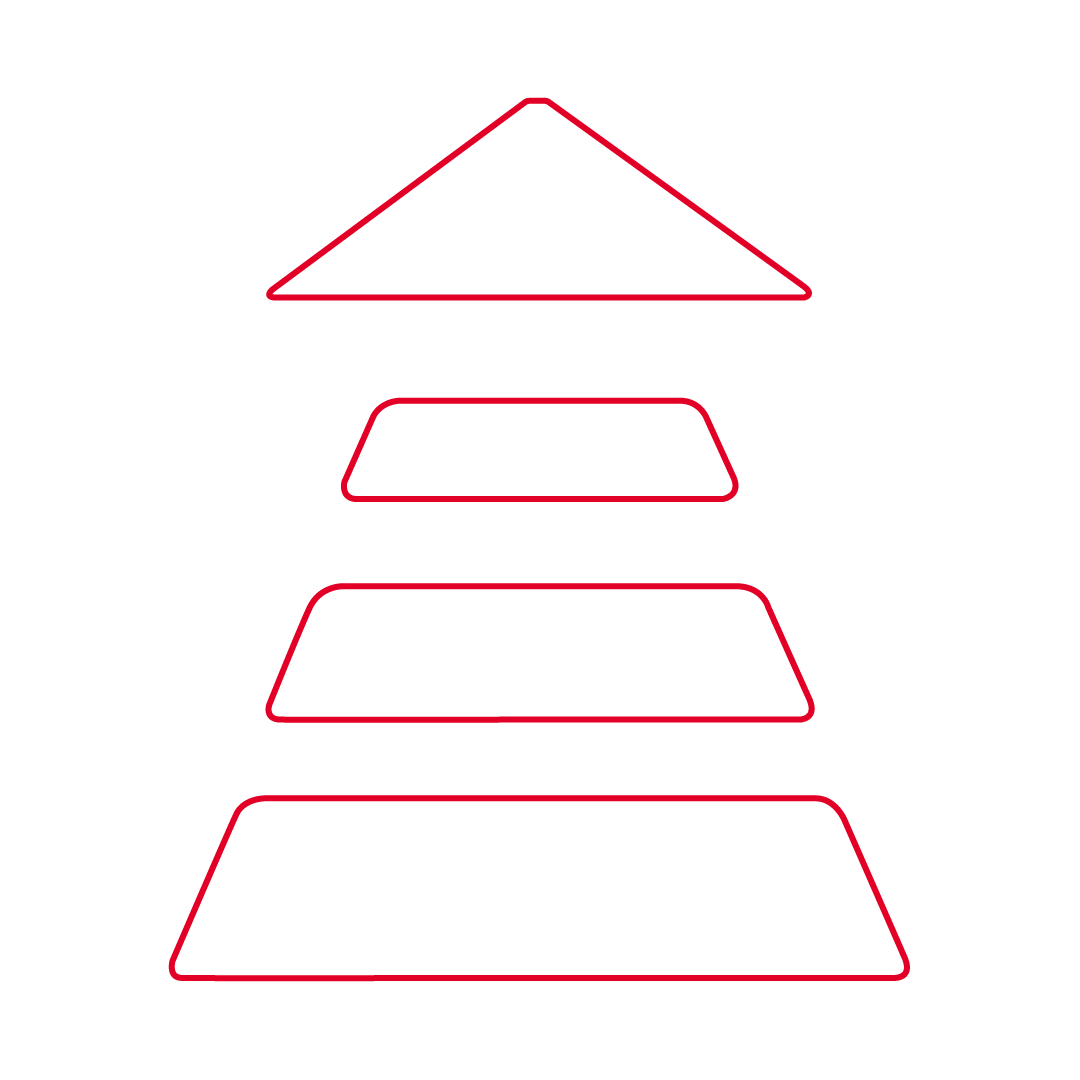Sciatica is a condition that most people have heard of. People also become quite fearful and anxious when they realize they have this condition. It’s important to understand that sciatica is a very common condition that physiotherapists treat everyday. Treatments are highly effective and your physiotherapist will help you make a full recovery from sciatica.
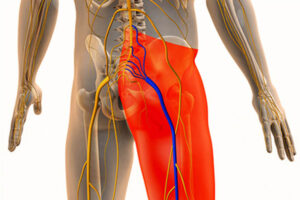
What is it?
Sciatica refers to pain that radiates along the sciatic nerve, which runs from the lower back down through the hips and buttocks and extends to each leg. This condition typically occurs when the sciatic nerve is compressed or irritated in the lower back, often due to a herniated disk, bone spurs, or narrowing of the spine (spinal stenosis). The sciatic nerve can also be compressed at the hip by a muscle called the piriformis if the muscle is overly tight.
What are the signs and symptoms?
- Pain:
- A sharp, shooting pain that starts in the lower back or buttocks and radiates down one leg (often the back of the thigh and calf).
- Pain can vary from mild to severe and may worsen with sitting, standing, or sudden movements like coughing or sneezing.
- The pain may feel like an electric shock or a stabbing sensation.
- Numbness or Tingling:
- A feeling of “pins and needles” or numbness, typically in the leg or foot, following the path of the sciatic nerve.
- This sensation is often experienced along the outer side of the leg or on the back of the calf.
- Weakness:
- Weakness or a feeling of heaviness in the leg or foot, making it harder to move or control the leg properly.
- Difficulty lifting the foot, which may cause stumbling or dragging the foot while walking.
- Worsening Symptoms:
- Symptoms may worsen when sitting for long periods, standing up, bending over, or twisting the body.
- Physical activities like lifting, coughing, or sneezing might aggravate the pain.
- Localized Pain:
- While sciatica usually affects one side of the body, it can also occur on both sides in rare cases.
- The pain usually starts in the lower back or buttocks and follows the course of the sciatic nerve down to the leg and foot.
How is it treated?
Since the compression of the nerve can occur at the lower back or hip it is important for your physiotherapist to determine the root cause of the compression of the sciatic nerve. Sometimes the compression of the sciatic nerve can occur at both the back and the hip and this is known as a “double crush” injury. Although this may sound more severe, it is important to understand that this does not make it any more difficult to treat.
If the site of the compression is at the lower back, your physiotherapist can provide treatments such as joint mobilizations and manual traction that will stretch the joints and muscles in your lower back. Massage techniques will also be used to loosen the muscles of the lower back. If the piriformis muscle is compressing the sciatic nerve, your physiotherapist will perform a technique called active release to stretch the piriformis. This is highly effective at releasing the pressure of the piriformis on the sciatic nerve. Acupuncture is also particularly effective at treating a sciatic nerve injury. Acupuncture will relieve the nerve related pain, increase blood flow, and promote healing. Learn more about acupuncture here.
Common home exercises
Cobra:
The purpose of this exercise is to relieve back and nerve pain.
Starting Position:
- Lie face down on the floor (or mat) with your legs extended behind you.
- Place your hands flat on the ground, directly under your shoulders, with your elbows pointing straight back.
- Keep your legs together, with the tops of your feet pressed into the floor.
Begin the Backbend:
- Slowly start lifting your chest off the floor by straightening your arms. Keep your core and gluts relaxed
- As you push through your hands, begin arching your back, lifting your chest higher.
Reaching the Full Position:
- In the final position, your arms should be straight or slightly bent, and your chest should be lifted as much as is comfortable for you.
- hold this position for 1 sec. Preform 1 set of 10 repetition of this exercise every 2 hours.
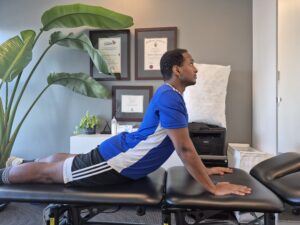
Front Plank:
The front plank is a powerful core exercise that also engages your shoulders, back, glutes, and legs. Here’s how to perform the front plank correctly:
Starting Position:
- Begin by lying face down on the floor or a mat.
- Place your forearms on the floor, with your elbows directly below your shoulders.
- Your forearms should be parallel to each other, with your palms flat or hands clasped together.
Position Your Body:
- Push up through your forearms, lifting your torso off the ground.
- Extend your legs behind you, with your feet hip-width apart.
- Your body should form a straight line from your head to your heels. Avoid letting your hips sag or pike up too high.
Engage Your Core:
- Tighten your core muscles by drawing your belly button towards your spine. This is key to keeping your body stable and preventing strain on your lower back.
- Squeeze your glutes and legs to keep your body in a straight line.
- Keep your neck neutral by gazing at a spot on the floor just slightly in front of your hands, not letting your head drop or strain upward.
Maintain the Position:
- Hold the plank position for as long as you can while maintaining proper form.
- Focus on keeping your body in a straight line from head to toe, avoiding sagging or raising your hips.
- Breathe steadily and deeply while holding the plank.
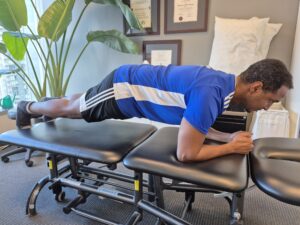
Sciatic nerve floss:
Learn how to perform this exercise here.

